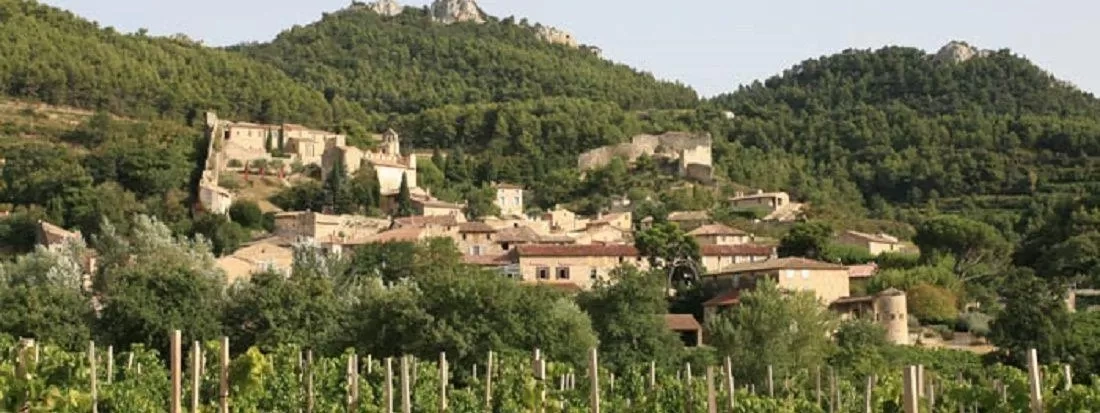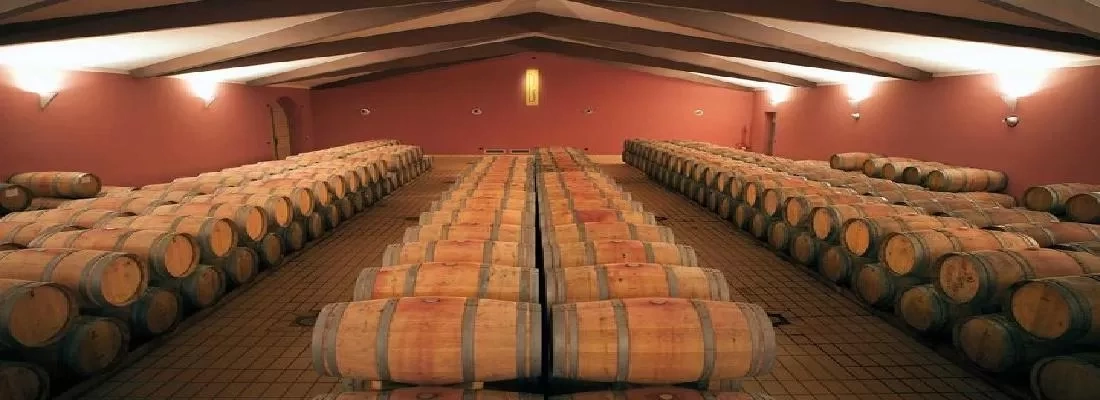Parker-Lisa Perroti Brown 96+, 2022-2067,
The 2017 Mouton Rothschild is a blend of 90% Cabernet Sauvignon, 9% Merlot and 1% Cabernet Franc. Deep garnet-purple in color, it slowly unfurls to reveal notes of warm black plums, baked black cherries, kirsch and freshly crushed blackcurrants with hints of candied violets, cinnamon toast, Ceylon tea and pencil shavings. Medium-bodied, the palate is charged with amazing energy, featuring dynamic black and red fruits and loads of baking spice and mineral sparks, framed by ripe, fine-grained tannins and finishing long and fragrant. Given the intensity of fruit and structure, while this is a relatively elegant Mouton that will be approachable early on, I don’t see it as being short lived. It should give pleasure for a good 40+ years.
Suckling 98, Extremely perfumed Mouton with currants and crushed berries. Hints of roses and other flowers. Tight and extremely refined with ultra-fine tannins and cool yet rich currant character. The center palate offers sweet cherries and hints of oak. Lightly sweet and sour. Fresh, balsamic note. It firms up at the end. Solid. A blend of 90% cabernet sauvignon, 9% merlot and 1% petit verdot. Try after 2025.
Galloni 96,
The 2017 Mouton-Rothschild is lucid in colour, quite deep like the Le Petit Mouton. It has a pixelated bouquet with precise blackberry, raspberry and crushed stone aromas, the oak seamlessly integrated so that the aromatics have unerring focus. The palate is medium-bodied with a graphite-tinged entry that is actually reminiscent of Latour in many ways. This Mouton-Rothschild is all about finesse and poise, the acidity beautifully judged and with superb tension on the finish. One of the finest Left Bank wines of the vintage, there are few 2017s superior to this.
-- Neal Martin
Jeb Dunnuck 96, 2020-205 The top 2017 Chateau Mouton Rothschild checks in as 90% Cabernet Sauvignon, 9% Merlot, and 1% Petit Verdot that spent 18 months in new barrels. This rock star of a wine offers stunning notes of chocolately blackcurrants, toasted spice, and espresso roast, as well as loads of classic Pauillac lead pencil shavings and graphite nuances. It's another wine that starts out slowly yet builds incrementally on the palate with full-bodied richness, ripe, polished tannin, no hard edges, and a stunning sense of purity and elegance. Give bottles upwards of a decade and it will evolve for 30 years or more.
Wine Spectator 97, A brick house Cabernet, featuring a thick sheath of warm ganache and smoldering tobacco over a core of well-steeped black currant, black fig and blackberry compote flavors. Cuts a wide and deep trench as it moves along, with loamy, tannic grip for ballast. Retains a well-buried inner purity that should blossom as this mellows in the cellar. Cabernet Sauvignon, Merlot and Petit Verdot. Best from 2025 through 2040. — JM






